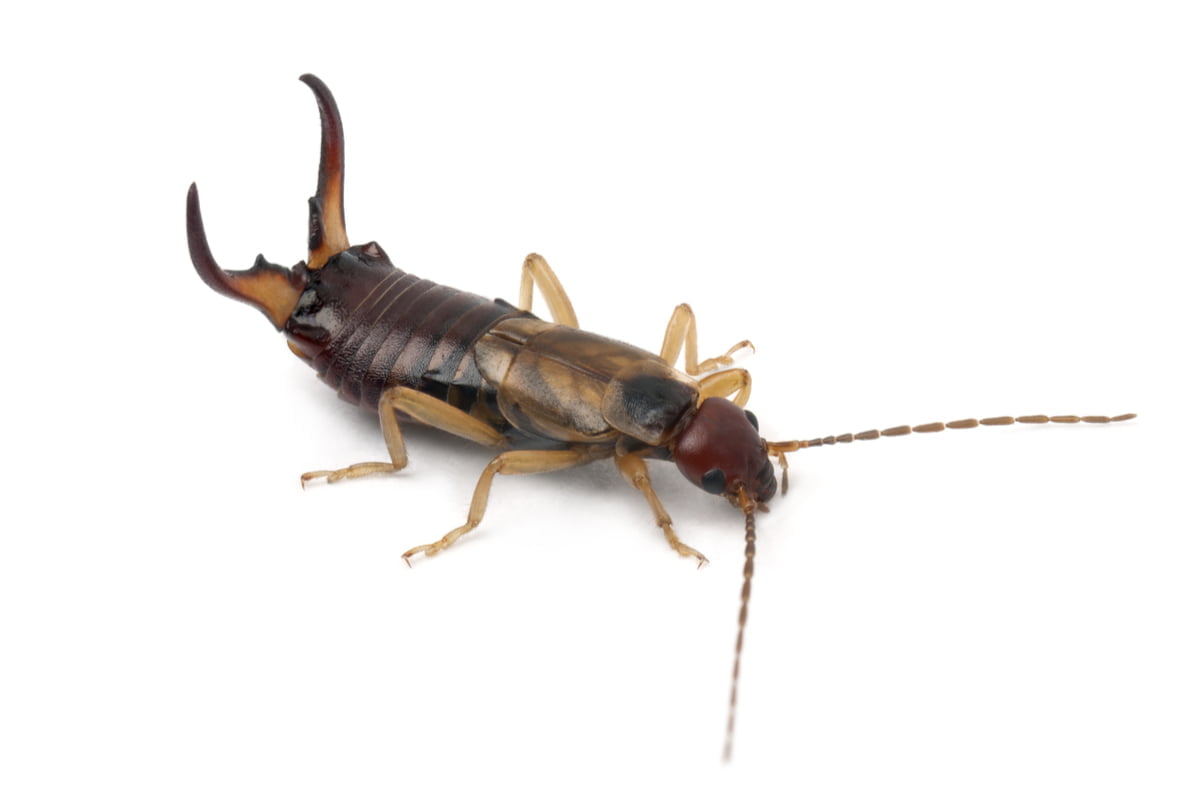Earwig
Appearance
The earwig is identifiable by its long flat reddish-brown body that is between 12 mm and 19 mm long and the two clamps (forceps) at the end of the abdomen. Its head has two long antennae and it has small wings that are rarely used for gliding.
Think you might have found this insect in your home?
Talk with an Expert
Life Cycle
In the spring, the earwig female will lay 50 to 70 eggs in a burrowed nest. After four molts during 70 days, the larvae become adults. The earwig’s life expectancy is about 1 year.
Habitat and Food
Although earwigs prefer the outside, they can enter a home in search of food. They feed on decaying matter, insects, fungi, leaves, flowers, fruits and vegetables. Earwigs prefer dark and damp places, such as under rugs and cushions, behind baseboards and in cracks, especially in the basement.
Undesirable Effects
Earwigs don’t really cause any damage indoors. Since they feed on roots of flowers, vegetables and shrubs, they are more a threat to outdoor plant life. They can also secrete a foul-smelling liquid.
Signs of Infestation
The presence of earwigs indoors, especially during the day, may indicate that there are many in the area nearby. A ravaged garden outdoors can be a strong indicator.
Preparation Steps for a Treatment
- For indoors, make all treatment surfaces accessible (move furniture away from the edge of the walls, etc.) where the presence of earwigs has been detected (basement, storage areas, etc.)
- To guarantee better control of earwigs, a surface treatment around your building is recommended and should be done at the same time. Clear wood, leaves, etc.
- Plan to leave your home for the duration of the treatment and return only after 4 hours. Wherever possible, open windows for 20 minutes upon your return. It is also important to not walk barefoot on treated areas for 48 hours after treatment.